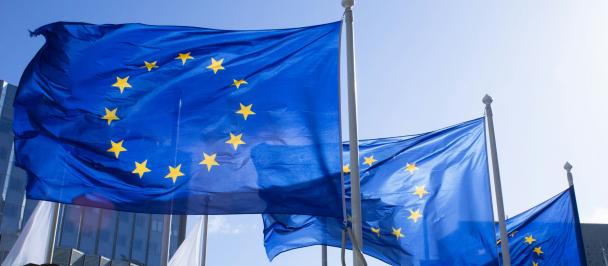“Integrated National Financing Frameworks” (INFFs) will help countries assess the status of their finances, identify gaps and develop new financing strategies to help achieve the greatest possible SDG impact over the next decade.
The European Union (EU) and the United Nations (UN) will support a new approach for countries to raise resources to finance the Sustainable Development Goals (SDGs).
“Integrated National Financing Frameworks” (INFFs) will help countries assess the status of their finances, identify gaps and develop new financing strategies to help achieve the greatest possible SDG impact over the next decade.
European Commissioner for International Cooperation and Development, Neven Mimica said: “We need a step-change in financing sustainable development, and this means integrating our global Sustainable Development Goals into specific country contexts. We need to make sure all financing sources work seamlessly together towards achieving our 2030 targets.”
Thirteen countries volunteered to pilot the initiative, including Bangladesh, Burkina Faso, Cabo Verde, Colombia, Ghana, Indonesia, Ivory Coast, Kyrgyzstan, Namibia, Nigeria, Rwanda, Senegal, Timor Leste and Uganda.
“Aligning domestic and international financing, public and private capital, revenue and expenditures in support of a country’s overarching development priorities isn’t just feasible. It can also become a source of clarity and coherence, and a rallying point for all types of investors,” said Achim Steiner, the Administrator of UNDP.
“Integrated financing frameworks are a powerful tool. They can help countries mobilize and align financing from all sources for their national sustainable development priorities. Together with systemic changes at the global level, they can unleash financing for sustainable development to achieve the SDGs”, said Under-Secretary-General for Economic and Social Affairs Liu Zhenmin.
This new approach was developed in 2015, when world leaders gathered in Ethiopia’s capital, Addis Ababa, for the third Financing for Development Conference, to address financing for the SDGs through domestic revenues, private investment, aid, and supportive international trading and financial systems.
Four years on, however, the international community is struggling to meet the financial costs of achieving the SDGs, estimated to be trillions of dollars annually through 2030. Uneven growth, rising debt, financial volatility and global trade tensions have made this task increasingly challenging, as was made clear in a recent Financing for Development Forum held in New York.
The strategy for implementing INFFs has been laid out by the Inter-agency Task Force on Financing for Development (IATF) in its 2019 Financing for Sustainable Development Report.

 Locations
Locations




